Ancient Encounters
Bharat Kala Bhavan Museum Varanasi
Mother Masala tours
Miniatures & Masterpieces
Bharat Kala Bhavan Museum Varanasi. Established in 1920, this museum is part of Banaras Hindu University - he name "Bharat Kala Bhavan" translates to "House of Indian Art." The foundation of the museum was laid to preserve and promote Indian heritage during a time of growing cultural nationalism. Over the years, it has evolved to include a variety of historical artifacts, manuscripts, textiles, and more - each piece telling a story of the artistry and heritage of its time. The collection, amounting to over 100,000 artifacts, highlights the artistic achievements from different dynasties, including paintings from the Mughal era and sculptures from various regional styles.
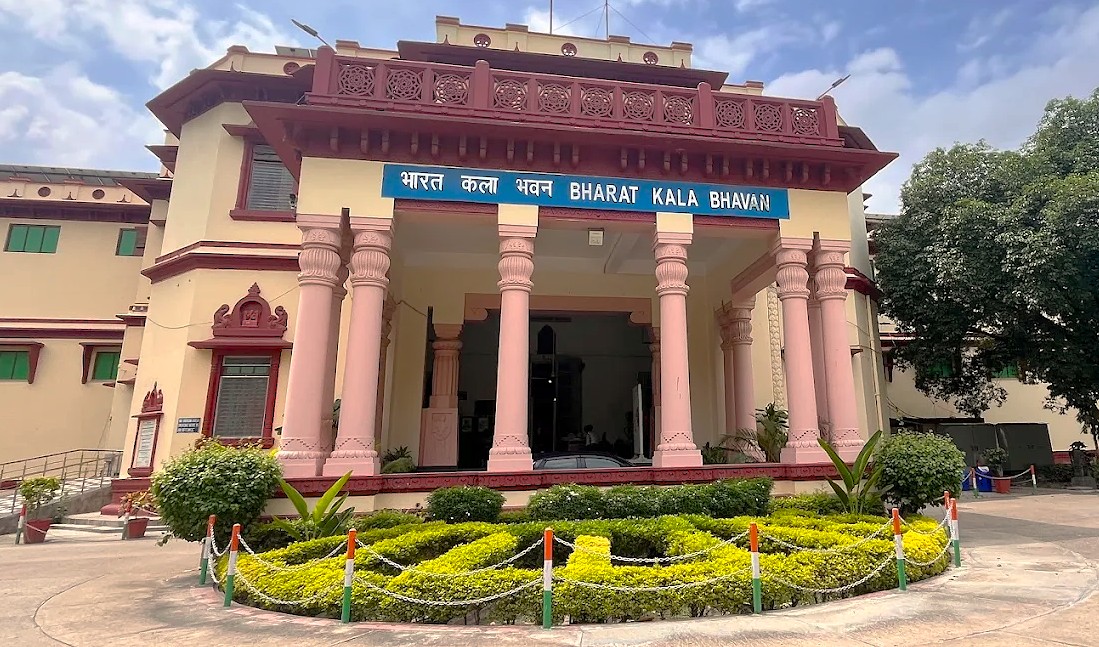
Bharat Kala Bhavan Museum Varanasi: Sacred Spaces
The museum houses an impressive array of artifacts, many of which hold deep cultural significance. Among the treasures are ancient sculptures of Hindu deities, intricate terracotta figurines, and traditional ritual objects. Exhibits include a collection of miniature paintings depicting court scenes from the Mughal period, which display the exquisite craftsmanship of that time. The museum also features a space dedicated to religious artifacts, including idols and ceremonial items used in worship. These items offer insights into the spiritual practices of various cultures across India and their connection to everyday life. One highlight is a wooden chariot used in temple processions, symbolizing the importance of festivals in the region’s spiritual landscape.
Ancient Mosaics: Impeccable Craftsmanship
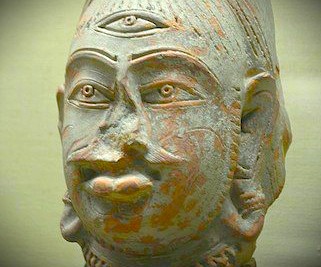
The craftsmanship on display at the Museum is a vital aspect of its identity. Artisans throughout Indian history have contributed to this legacy, employing techniques that have been refined over centuries. Many of the artifacts, including the intricate Mughal paintings, reveal the skillful hands of artists like Ustad Mansur, known for his detailed naturalistic representations dating back to the 16th century. The museum’s collection includes Pahari and Rajput miniature paintings that exemplify regional artistry. Additionally, guests can explore exquisite textiles, such as Banarasi silk, which displays impeccable weaving techniques and rich designs.
The Pulse of the Local Community
The local community surrounding the area plays a crucial role in maintaining and propagating its cultural legacy. Residents are known for their warm hospitality, often engaging in conversations about art and history. The communal atmosphere encourages a shared appreciation for the rich heritage represented in the museum's collections. The people of Varanasi are characterized by their deep-rooted connections to spiritual practices and the arts, which reflect their enduring cultural identity. This bond is evident during local events and festivals where the whole community comes together to celebrate music, dance, and theatrical performances, often inspired by the artistic legacy housed within the Bharat Kala Bhavan Museum Varanasi.
Capturing the Magic: A Photographic Haven
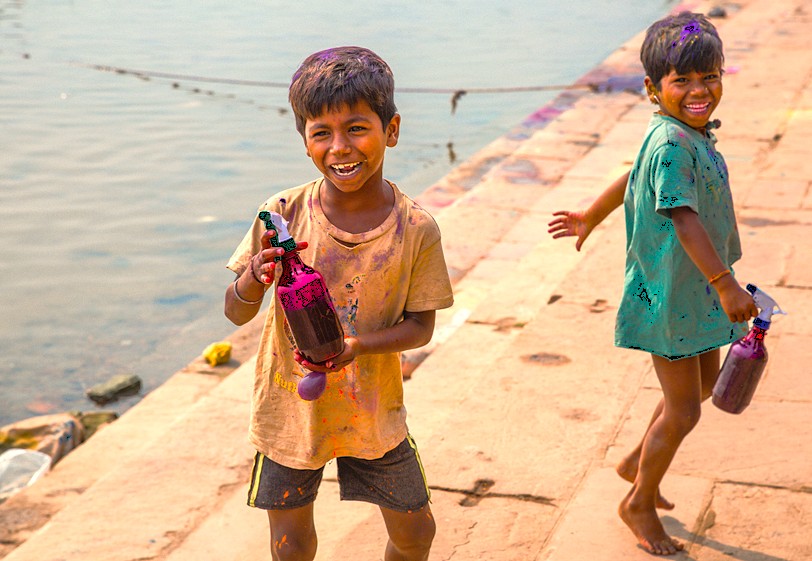
Bharat Kala Bhavan Museum Varanasi. A truly wonderful place for photographers. You can discover many opportunities to take amazing pictures inside its halls. The museum is filled with stunning artifacts and intricate sculptures that tell stories of a rich past. These beautiful items and the thoughtful way they are displayed create the perfect backdrops for your photos. You can easily capture the true essence of India's vast cultural heritage here. Every single corner offers a new and unique perspective, from the detailed carvings on ancient statues to the vibrant colors of traditional paintings.
A Culinary Journey: Savor the Flavour
While delving into the rich cultural heritage of the Bhavan, we can't overlook the mouthwatering local cuisine that Varanasi has to offer. One dish that stands out is chaats, especially aloo chaat. This popular street food features boiled potatoes mixed with various spices, tamarind chutney, and topped with fresh coriander and sev (crispy chickpea flour noodles). The combination of sweet, tangy, and spicy flavors offers a tantalizing taste experience that reflects the vibrancy of Varanasi's culinary tradition.
The Connection with the Gods
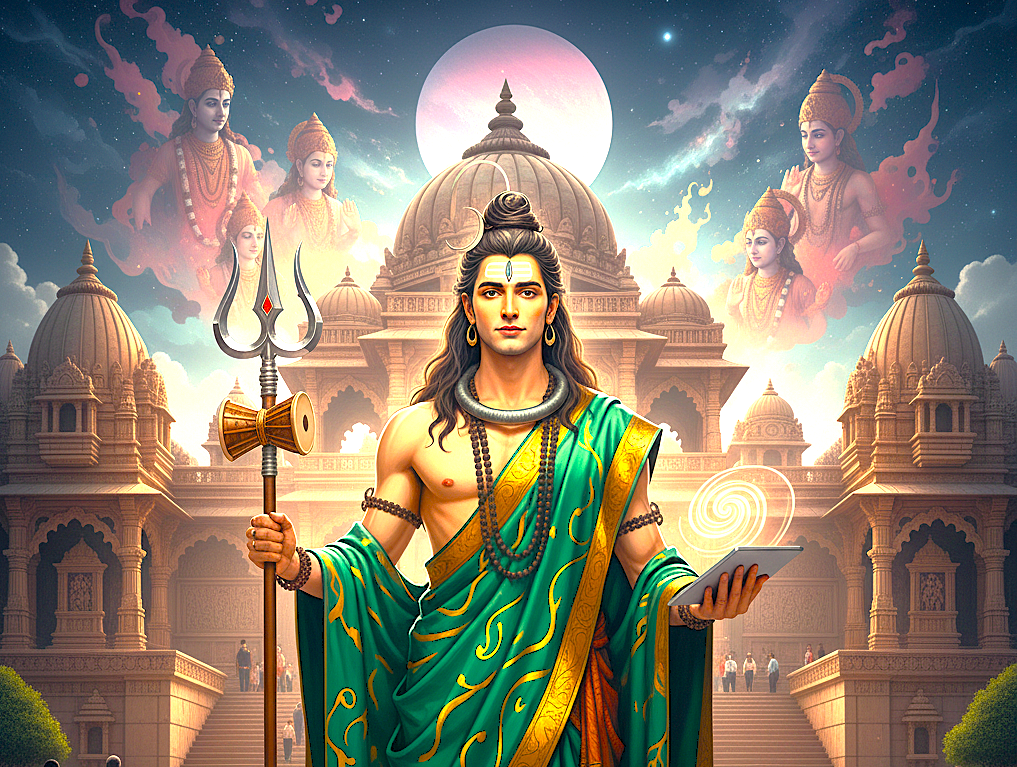
In Bharat Kala Bhavan Museum Varanasi. deities play an integral role in religious and cultural practices. The museum emphasizes the importance of gods such as Lord Shiva, regarded as the patron deity of Varanasi, alongside Goddess Durga. One famous tale associated with Shiva is the Kashi Vishwanath Temple, which has stood since antiquity. The continuous reverence towards this deity highlights the historical connection between the locals and their divine counterparts. As we explore these artifacts, we come to appreciate the intricate relationship between the community's spiritual practices and their cultural expression.
Ancient Technologies: Sound, Sacred Geometry & Astrological Influences
Many artifacts, such as temple sculptures, are crafted with sacred geometry principles, and based on Vastu Shashtra priciples, which have been encoded in many religious structures. These geometric forms are believed to enhance auspiciousness and spiritual energy. Construction materials like sandstone, marble, and wood were carefully selected based on their acoustical properties. For example, sound frequencies emitted from specific materials can create harmonies that promote healing and meditation. The combination of these elements produces an environment conducive to spiritual reflection. In terms of sound, the Solfeggio frequencies - such as 528 Hz, known for its healing and balancing effects - have historical significance and are often incorporated into ritualistic practices still observed today.
Resilience and Renewal: Overcoming Adversity’s Challenges

In 1934, a devastating flood hit Varanasi, damaging its collections. It took years of hard work to restore the artifacts, with the local community rallying to preserve their cultural identity. This spirit of preservation extends beyond art to the region's natural heritage, including significant wildlife conservation efforts for tigers. During India's Independence Movement, artists and leaders fostered nationalism, making it art promoting freedom. These events reveal the museum's role as a cultural bastion, surviving trials while reflecting this commitment to heritage, both artistic and natural.
Urban Legends: Strange Sightings, Myths and Mysteries
One tale involves the mysterious disappearance of certain artifacts during the night, only to be found the next day in unexpected places. This phenomenon has led to speculation about the presence of divine beings or supernatural influences watching over the museum. Another legend speaks of a painting that is said to move its eyes. Locals claim that those who gaze into its depths can experience visions of the past, connecting them with historical figures depicted in the artwork. Such stories contribute to the allure of the museum, inviting curiosity and intrigue among those who come to explore its halls.
Serendipitous Meetings: Beyond the Main Path
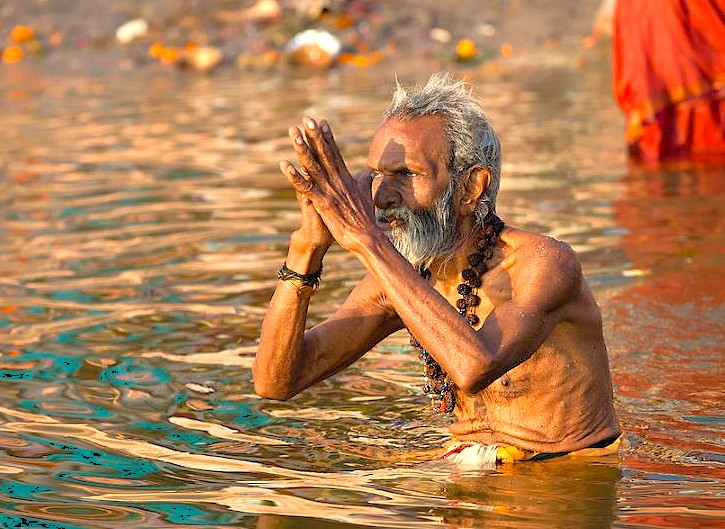
As we walk near the Bhavan, we encounter local artisans displaying their crafts in the nearby streets. These small workshops offer many handmade goods, from intricate jewelry to traditional pottery, reflecting the region's ongoing artistic legacy. The vibrant atmosphere allows for spontaneous interactions, where you can engage with craftsmen who are eager to share the stories behind their creations. Exploring the back alleys alawys leads to hidden spots, like miniature painting studios or places where we can learn about weaving firsthand from the experts.
Travel Beyond Ordinary: Open the Door to Adventure
Join us as we delve into the rich cultural landscape surrounding Bharat Kala Bhavan. Our journey will lead us through the historical narratives and artistic expressions that define the character of Varanasi. Each exhibit offers an opportunity to connect with the past and understand how it influences our present-day experiences.
Symphony of Generosity: Offerings from Wanderers to Residents
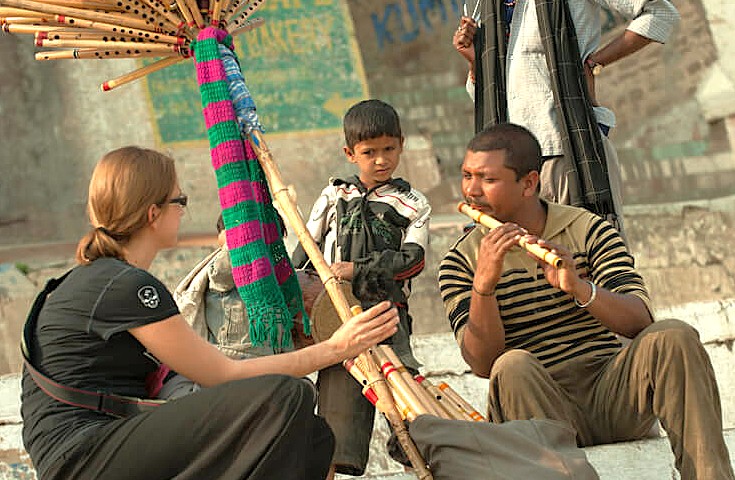
In places rich with history, the interplay between locals and those exploring the area creates a unique atmosphere of generosity and sharing. This simple yet profound connection goes far beyond mere tourism, touching the hearts of everyone involved. Artisans benefit from the exchange of ideas and traditions with those who genuinely appreciate their work, fostering mutual respect and deep understanding. This dynamic enriches both the local community and those who come to experience their culture, creating a harmonious relationship that emphasizes the value of heritage and artistry.